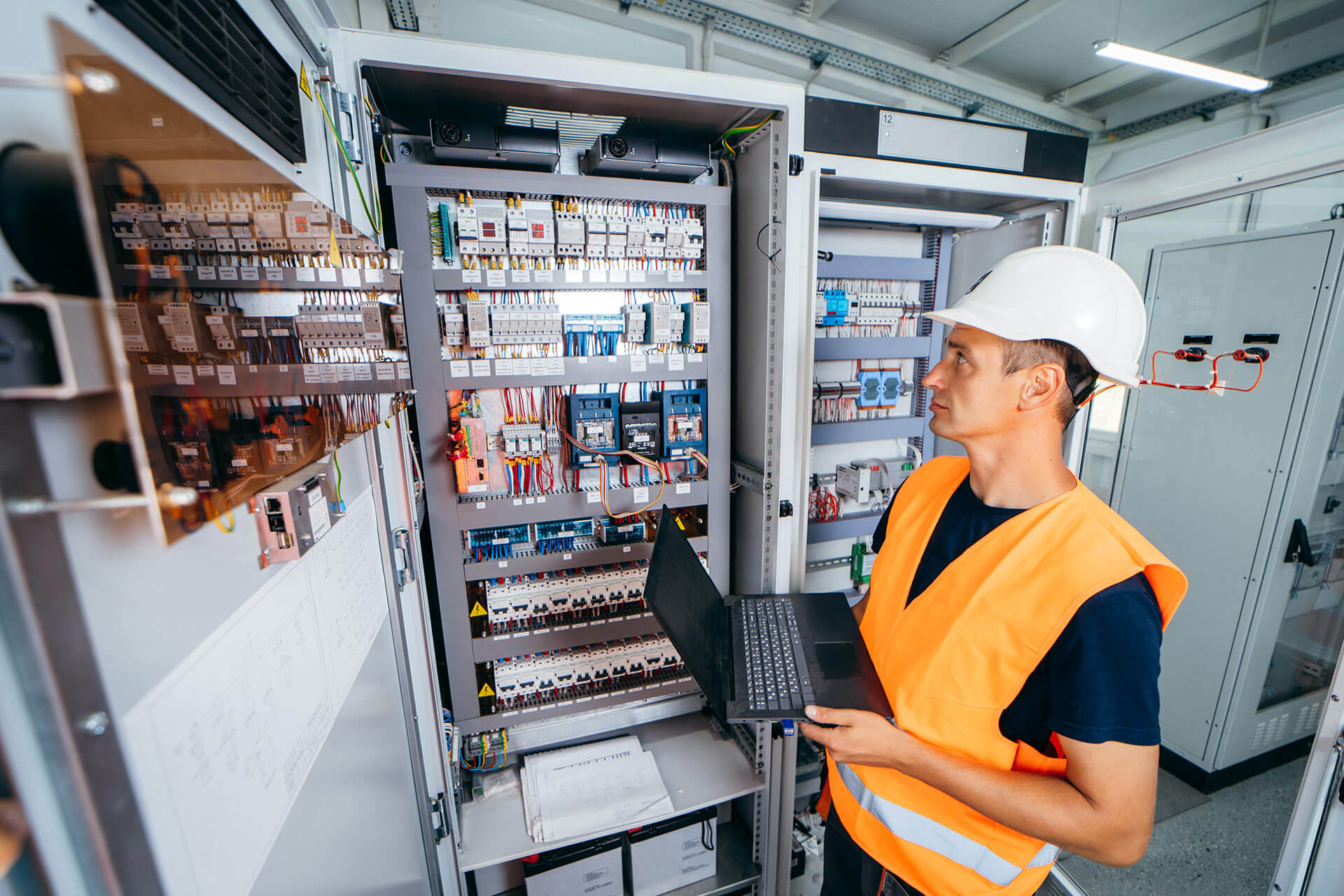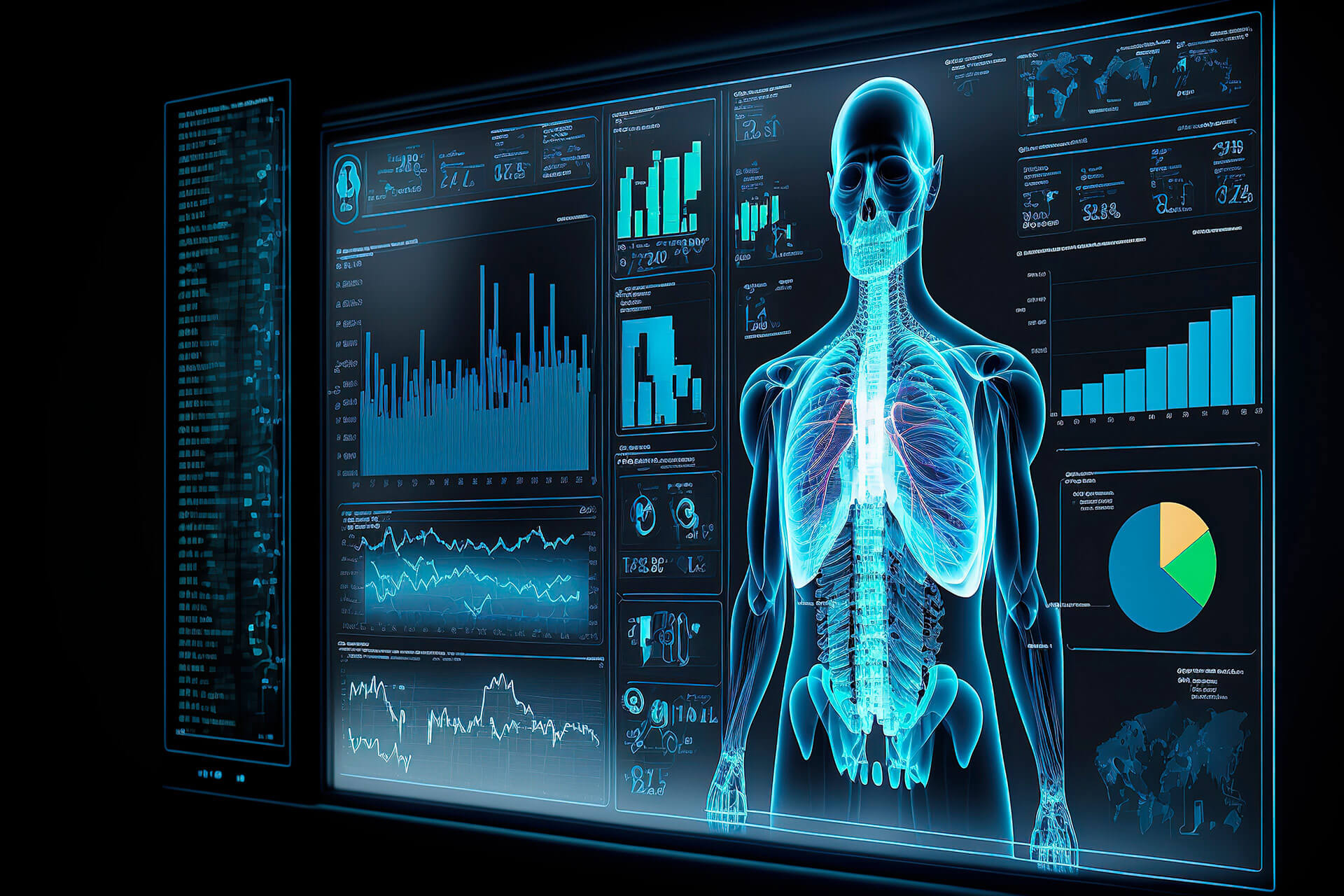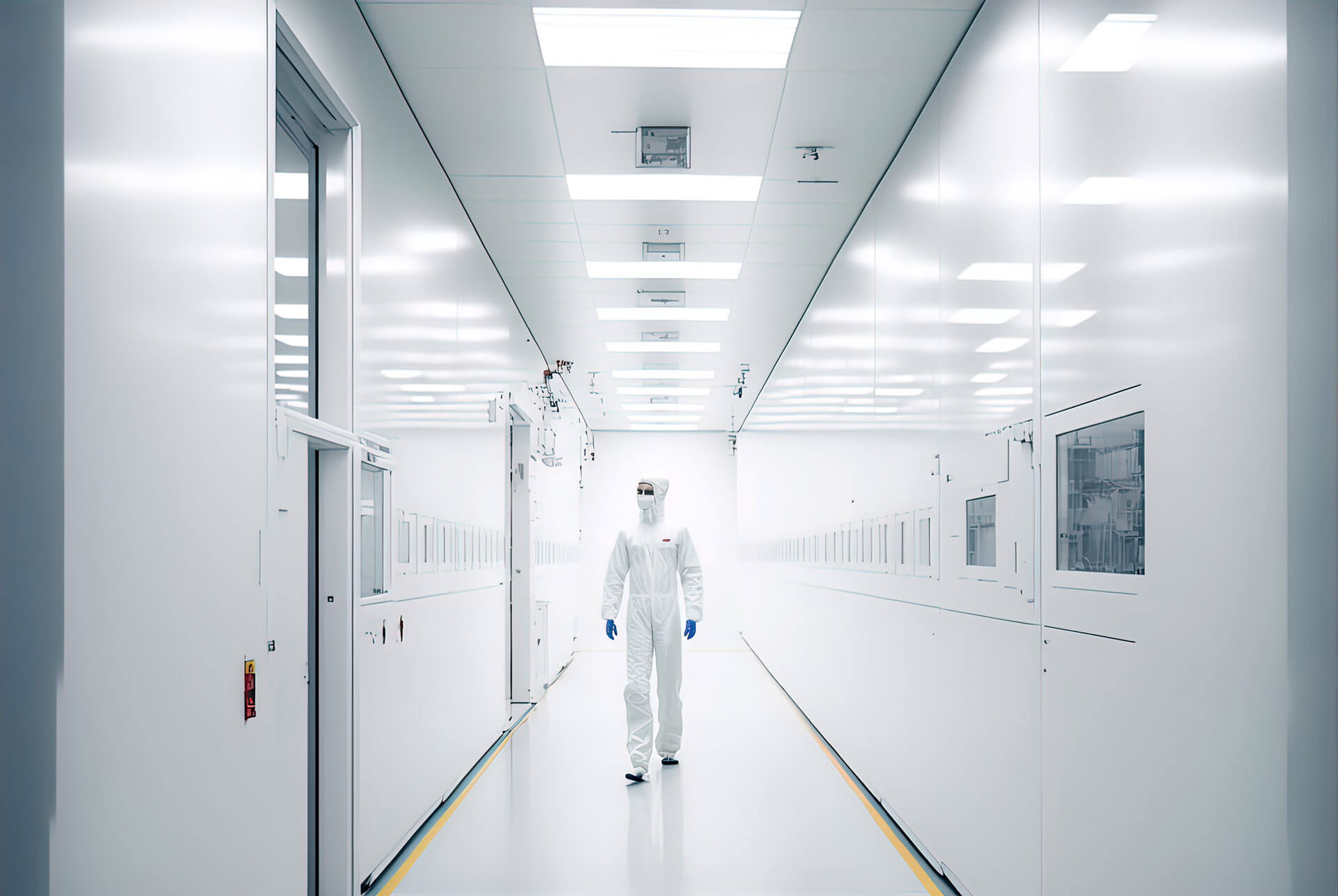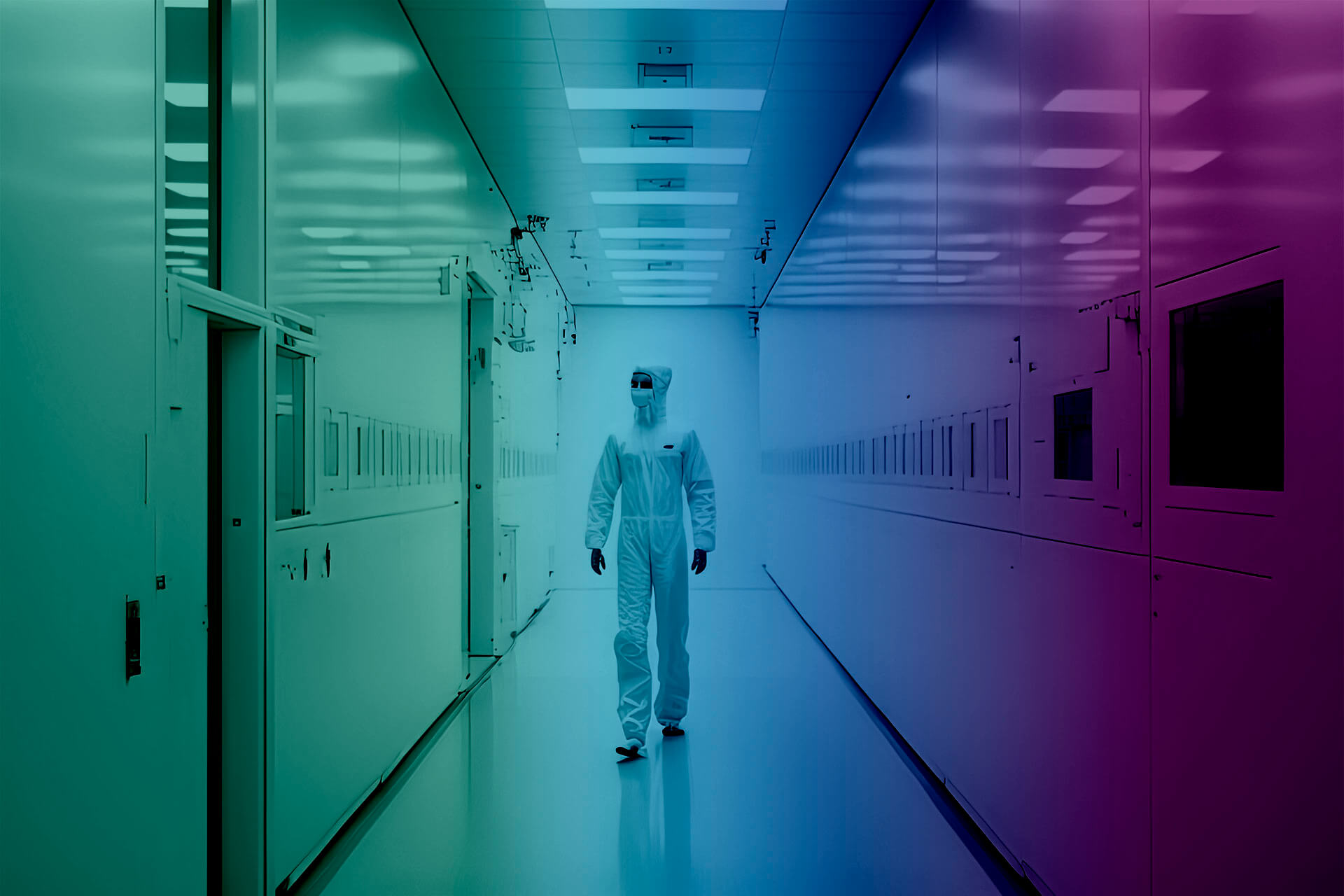In this article, we will learn about the latest and most important developments in hospital engineering, how they are changing the healthcare landscape and what challenges and challenges lie ahead for the industry.
What is hospital engineering?
Hospital engineering is a discipline that combines engineering, architecture and medicine. It is a constantly evolving field whose main objective is to improve efficiency and safety, as well as the comfort of patients and medical staff in hospitals. Globally, great advances have been made in this area in recent decades. Let us look at some of them in detail.
Unstoppable progress
Among these advances, the most notable is, globally, the introduction of state-of-the-art technologies in hospital design and construction. Modern hospitals are now designed with the aim of maximising efficiency in patient care and reducing the risks of infection. This is achieved by using advanced cleaning and disinfection materials and technologies, incorporating high-efficiency ventilation and air filtration systems, and optimising the flow of patients and medical staff through the building.
In this respect, technology plays a key role in improving medical care in the hospital environment. Advanced medical equipment, such as CT scans and MRI scans, have improved the accuracy and speed of medical diagnosis, while information technology (ICT) has enabled better management of patient information and communication between medical staff.
Another important advance in hospital engineering has been the development of new medical materials and devices. Biocompatible materials, such as polymers and metals, have enabled the manufacture of more durable and safer medical implants and prostheses, while smart medical devices, such as vital sign monitors and infusion systems, have improved the accuracy and safety of drug delivery and treatment.
It should be emphasised that, despite the growing importance of technology in healthcare, there is also a risk of over-reliance on it.
“It is important to ensure that medical professionals continue to have basic clinical skills and to keep abreast of medical advances, so that they can use technology appropriately and not rely on it alone.”

It should also be noted that hospital engineering is also helping to improve the patient experience by designing more comfortable and accessible facilities, for example by refurbishing and upgrading hospital electrical systems as well as improving communication between medical staff and patients. Patient information systems are being developed that allow patients to access their medical records, schedule appointments and communicate with their doctors from home.
Taking a holistic approach to health care
Around the world, hospitals are also adopting more holistic approaches to patient care, focusing on health promotion and disease prevention rather than just treating symptoms as they arise. This has been achieved by incorporating exercise programmes and natural therapies into the hospital environment, as well as by promoting healthy lifestyle habits among patients and medical staff.
The most recent and important developments
Going into more detail, some of the most recent developments in this area include:
- Information and communication technologies (ICT): With the development of information and communication technologies, known as ICT, hospitals are becoming increasingly connected. This allows for better information management and more efficient decision-making.
- Tracking and monitoring systems: Tracking and monitoring systems, thanks to the evolution of ICT, allow doctors and nurses to closely follow the health status of their patients. This allows for faster and more accurate care in the event of an emergency. Here too, telemedicine and connectivity have taken a giant step forward, allowing thousands of patients to be watched, talked to or monitored, among other actions, while they are at home, avoiding unnecessary trips to hospitals. In addition to the rise of wearables, home health gadgets, etc. that make the doctor-patient relationship easier, giving rise to a new paradigm shift in the organisation of hospital infrastructure.
- Automation systems: Automation systems, such as robots and medical devices, are helping to reduce the number of human errors and increase efficiency in hospitals.

Artificial Intelligence & Machine Learning
Another important development in hospital engineering is the use of artificial intelligence (AI) and machine learning (ML) in medicine. These technologies are being used to improve the accuracy of diagnoses, personalisation of treatment and monitoring of chronic patients. For example, the use of AI algorithms to analyse medical images, such as magnetic resonance imaging, allows radiologists to detect pathologies more accurately. AI systems are also being developed to help doctors make clinical decisions in real time.

The most important challenges in hospital engineering
Despite the advances and progress discussed above, there are also major challenges in hospital engineering. Not barriers, but challenges that need to be overcome in order to implement an appropriate hospital engineering strategy and for hospital engineering professionals to work optimally. Some of them are:
- Lack of access to quality healthcare services in rural and resource-poor areas: These areas often, and increasingly, lack the resources to build and maintain modern, technologically advanced hospitals.
- Funding: Hospitals, especially public hospitals, (too) often struggle to obtain the necessary funds to implement new technologies and upgrade their facilities.
- Rising cost of health care: This goes hand in hand with funding. Implementing new technologies and building new hospitals can be costly, and this is often reflected in healthcare prices. In addition, they are also facing shortages of qualified personnel, especially in areas with a high demand for medical services.
- Sustainability: Sustainability is undoubtedly also a major challenge in hospital engineering. We are not only talking about this concept in relation to the economic viability of each healthcare facility, but hospitals are large consumers of energy and resources, and it is crucial to ensure that they are built and maintained in a sustainable manner. This includes reducing energy and water consumption, using sustainable materials and implementing recycling and waste management programmes.
- Integration: Implementing new technologies often requires integration with existing systems, which is technically and organisationally challenging.
- Security: Information and communication technology also presents challenges in terms of information security, as hospitals store sensitive patient information. The Internet of Medical Things (IoMT) will play a key role in this.
- Efficiency and quality: Increasingly, the focus is on the difficult balance between efficiency and quality in healthcare. It is therefore important to ensure that new technologies do not adversely affect the quality of care.

Conclusion
Hospital engineering is evolving rapidly and offering solutions to improve efficiency, safety and quality in hospitals. However, there are also major challenges, such as financing, integration, safety, efficiency and quality. In this regard, it is important that new technologies and solutions continue to be researched and developed to overcome these challenges and ensure that hospitals provide the best possible care to patients.



